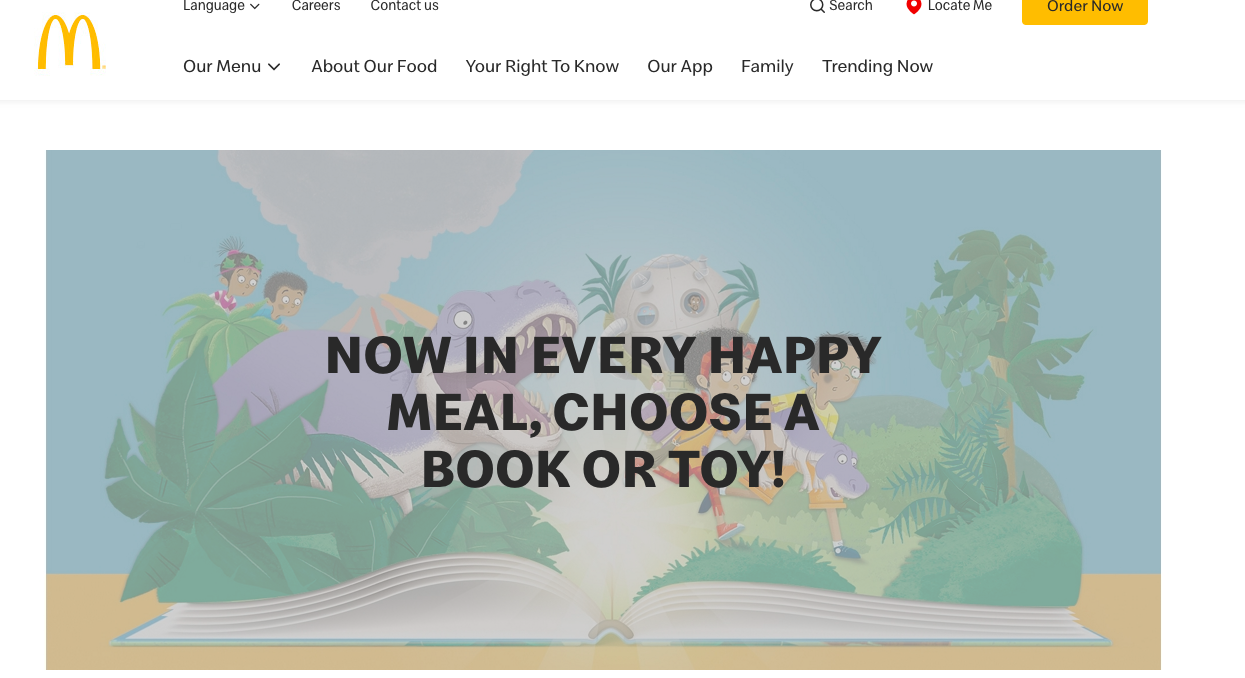Marketing to Kids: 5 Helpful Tips to Be a Kind and Successful Marketer to Children
Marketing has come a long way. Today, mass media does not just refer to newspapers, magazines, radio and television but also refers to countless types of social media, the Internet, and email, which means that virtually everyone is at risk of being influenced, especially children, who are still developing their minds and personalities.
There’s nothing wrong with influencing children to want your products and services. After all, that’s how marketing works— brands are supposed to target a group of people and build brand love, loyalty, and advocacy in these people. However, the truth is that children remain a vulnerable group to target due to their young age. And with their young age comes a lack of awareness and understanding regarding how media and advertising work. To put it simply, consumers should ideally have a certain level of insight into how advertising and marketing efforts influence their purchase decisions, and for the most part, children do not meet this ideal.
Essentially, therefore, brands are supposed to win childrens’ attention and hearts in ethical ways. In the following section, we highlight 5 Helpful Tips to Be a Kind and Successful Marketer to Kids.
Marketing to Kids #1: Engage intellect more than emotion

Image courtesy of Shutterstock
Typically, marketing campaigns that manipulate children are ones that trick children into feeling a certain way without any consideration towards whether or not children need them or whether or not a brand’s products will add value to these young people. In other words, such marketing campaigns do not care to engage with the thought processes of children. Examples of marketing efforts that target children mercilessly are fast food ads and offering toys in food products such as Kinder Joy.
In contrast, your brand can choose to include more explanations and descriptions of the product, offering to answer questions from kids, who are naturally curious. This way, children are given the opportunity to think about your product before making any decisions to beg their parents for it.
Host Q/A sessions and live interactions between children and your products. Instead of creating ads that feature overly-excited children playing with toys and dollhouses, you could make YouTube videos featuring children asking questions about your brand and services.
Marketing to Kids #2: Check for suitability

Image courtesy of Siddhant Soni on Unsplash
Winning children’s hearts isn’t enough to stand out as a kind brand that cares about young consumers. The next step is to ensure your product is actually suitable for children, meaning that it meets safety standards. The thing is, safety isn’t just about physical safety but emotional and health too.
What we mean is that the product or service you’re selling may not put children’s fingers at risk of being snapped off, but it may have, for instance, addictive features that pull children to play with it non-stop, like many game softwares do. Or, you may have managed to convince kids and their parents that your lunch-time snack cookies are free of refined sugar but the continued use of trans fat in the production of your cookies remains questionable. Either way, the point is that to be ethical, your brand must, at its best, truly care for children.
Marketing to Kids #3: Educate in a fun way

Image courtesy of McDonald’s
Even McDonald’s has joined in the trend of educating children as a marketing strategy by supporting the publishing of over 20 million e-book titles. By supporting the development of a skill like reading, McDonald’s is celebrating a lifelong skill that matters, hence teaching children that reading is an enjoyable activity that should be valued just as much as their burgers and fries are.
Other ways to engage in educational activities when marketing is to get children to express themselves, be it through art work, essays, poems, or TikTok videos and to then use the products of their self-expression as user-generated content (UGC). Indeed, when children share their thoughts and creations and then tag your brand, they are advocating for your brand.
Marketing to Kids #4: Generate Downloadable Content

Image courtesy of Scholastic
Producing original, downloadable, and useful content not only allows children to learn more about your brand but also gives them a chance to do something related to your brand— and when they have fun doing an activity, whether it’s a coloring sheet or a cutout— they start associating that fun with your brand. That’s exactly what the publishing company Scholastic has done.
Similarly, children can download fashion sketch paper dolls and coloring pages on Mattel’s Barbie website. Printables are the way to go when marketing to children.
Marketing to Kids #5: Don’t market to kids at all
Perhaps you’ve conscientiously decided that your brand will not market its products and services to children, meaning that if kids ask for it, that’s fine, and if they don’t, whatever. In other words, perhaps you’ve decided you will be focusing on marketing to young adults and grownups from now on because as it is, you’ve already got sufficient demographics that you can target besides children, and because you believe that marketing to kids is inherently unethical due to their inability to distinguish between marketing and reality. By doing so, you’re being a kind marketer, not just a successful one.
Conclusion
Ultimately, when marketing to children, just bear in mind that any marketing strategy you employ will shape an audience whose minds are still actively learning ways of seeing and thinking about the world around them. Hence, allow them to think and ask questions about your brand. Take responsibility for the message that’s being communicated to them. Focus first on listening to what they have to say. Produce content that they can actually use. Otherwise, perhaps it’s better to not market to children at all.
If you love children, share what you’ve just read with other people who love children. And if you’re looking to improve your social media marketing strategy, chat with us at Tinker Society.
Feel free to stay up-to-date with our fun Instagram posts by following us on Instagram.



